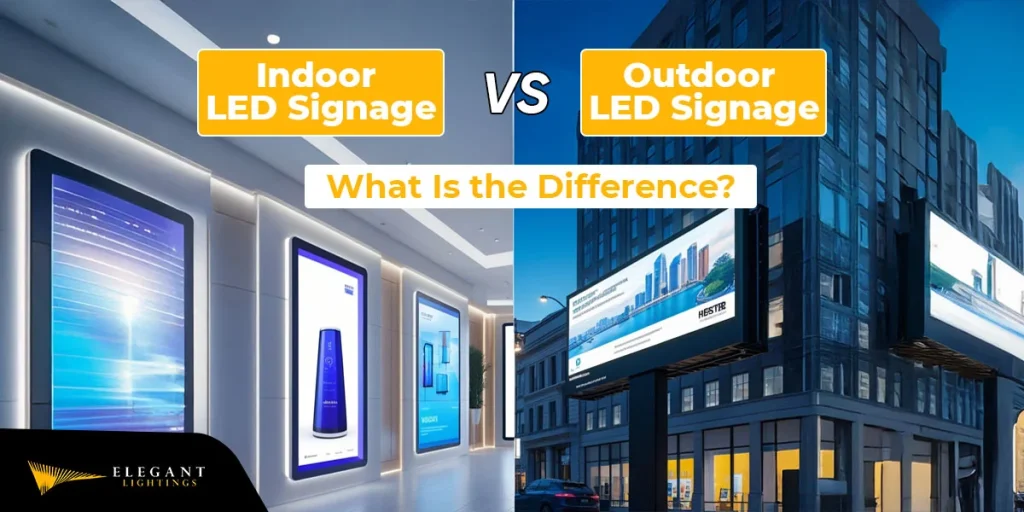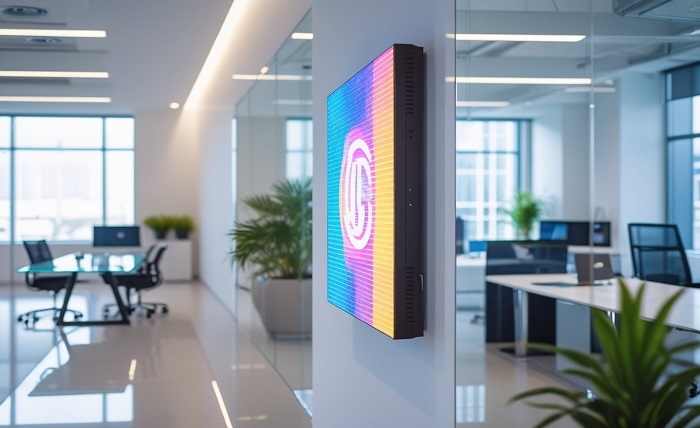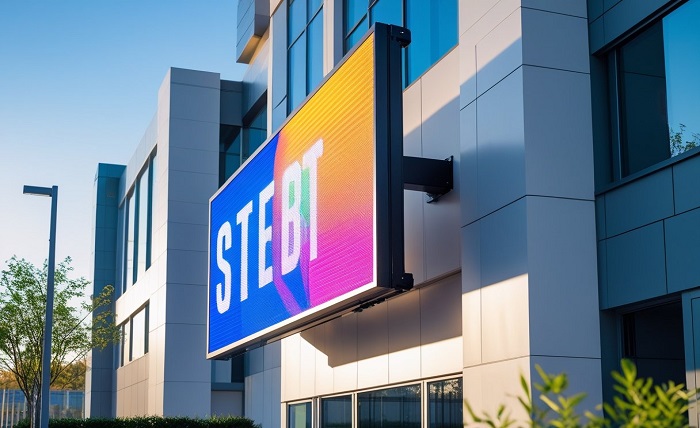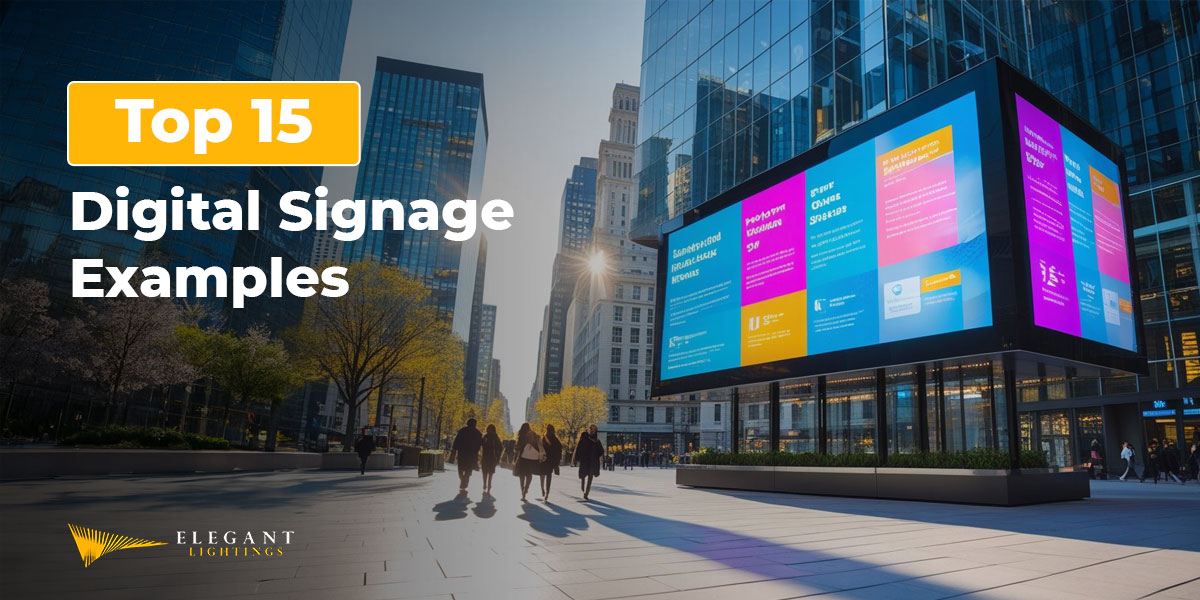
What's on this page:
Have you seen those bright and colourful LED signage at shopping malls?
You can’t deny that they instantly catch your attention at first glance.
Sometimes you see them outside the retail stores at the mall. Even though they are outside the store, they are actually placed inside the mall, right?
And if you want one like that, what will you ask your LED supplier for: an indoor or an outdoor LED signage?
In this blog, I’ll discuss how indoor and outdoor LED signage differ from each other and when you should use either of them.
I’ll also tell you how you can get high-quality indoor and outdoor LED signs for your enterprise, advertising hotspots, retail outlets, and residences!
Let’s dive in…
Indoor vs. Outdoor LED Signage: Table of Contents
- What is Indoor LED signage?
- What is Outdoor LED signage?
- Indoor vs. Outdoor LED Signage: Table of Differences
- What are the Main Differences Between Indoor and Outdoor LED Signage?
- Success with LED Signage Begins with the Right Partner!
- Indoor vs. Outdoor LED Signage: FAQs
What is Indoor LED signage?
You’ll often find indoor LED signage in places like office lobbies, retail stores, or even inside airports.
What makes them stand out?
Well, the visuals, which stay clear and sharp, even if you’re just a few feet away! This is because the pixel pitch is smaller compared to outdoor LED.
And regardless of whether the room is brightly lit, the moderate brightness setting of this signage makes everything clearly visible. You or your audience won’t feel any kind of harshness in the eyes!
Key Features of Indoor LED Signage
- Pixel pitch: Smaller pixel pitch of up to P4.
- Brightness: Moderate brightness setting of up to 1200 nits.
- Design: Slim and lightweight.
- Electricity: Uses a common cathode design for less power consumption.
- Modular built: They are modular and customizable, for spaces of any size and shape.

Where is Indoor LED Signage commonly used?
Because of all the features I discussed, businesses across the following industries are putting indoor LED signs to work in a lot of different ways:
- Retail Stores and Showrooms: Walk past a retail store, and you’ll often see LED screens showing off new arrivals or time-limited offers.
- Educational Institutions: These screens help share what’s going on, from campus events to simple daily reminders or even a quote to start the day.
- Corporate Offices: Corporates use LED signs to make important announcements, display countdowns to important events, and conduct meetings with visual presentations.
- Hotels: The hospitality industry uses indoor LEDS to display greeting messages to guests, schedules and guides them to events, and shares real-time updates across the property.
- Transportation Hubs: Shows train or flight timings, safety alerts, directions, and even brand advertisements.
- Exhibition Centers and Events: Displays five updates, branding, and creating a professional impression.
What is Outdoor LED signage?
You know those giant, flashing screens at Times Square?
That’s outdoor LED signage in action!
It is built to survive whatever nature throws at them, be it pouring rain or blazing sun.
They’re crazy bright and have a higher pixel pitch, so even someone across the street can see what’s playing.
Outdoor LED screens are made to stand out, all day, all night, in every kind of weather. That’s their whole job: to be bold, be bright, and be seen.
Key Features of Outdoor LED Signage
- Brightness: High brightness of over 6,000 nits.
- Weatherproofing: IP68-rated for weatherproofing.
- Temperature control: Has built-in cooling systems.
- Pixel Pitch: Larger pixel pitch of up to P10.
- Viewing Angles: Can be seen clearly from any angle.
Where is Outdoor LED Signage commonly used?
The applications of outdoor LED signs for businesses are vast, and here I’ll discuss some of those:
- Billboards or Roadside Displays: As a replacement for static hoardings with dynamic digital signage.
- Stadiums and Arenas: Showing live scores, fan messages or sponsor ads.
- Event Venues and Concerts: Used mostly as a backdrop behind the artist to show their intros, live visuals, and even messages to get the crowd hyped up.
- Retail Storefronts and Malls: Brands use them to grab attention right outside their stores by displaying offers, product highlights, or simply bright visuals.
- Gas Stations and Service Centers: To display the fuel prices, available services, promotional videos, or just looping safety reminders while people fill up.
- Transport Hubs: Keep travelers updated by displaying timetables, directions, instructions, public safety alerts, and brand advertising.
Indoor vs. Outdoor LED Signage: Table of Differences
If you are in a hurry, here’s a quick overview of the major differences between indoor and Outdoor LED signage.
| Aspect | Indoor LED Signage | Outdoor LED Signage |
| Brightness | 600 to 1,200 nits | Over 6000 nits |
| Pixel Pitch | Smaller pixel pitch of up to P4 | Larger pixel pitch of up to P10 |
| Waterproofing | Minimal or none | Gets IP65+ rating |
| Installation | Easy | Comparatively complex |
| Applications | Retail Stores and ShowroomsCorporate OfficesHotelsTransportation HubsEducation InstitutionsExhibition Centers and Events | Roadside DisplaysStadiums and ArenasEvent Venues and ConcertsRetail Storefronts and MallsGas Stations and Service CentersTransport Hubs |
Also read: The types of LED sign boards you can use to light up any event, space, or property.
What are the Main Differences Between Indoor and Outdoor LED Signage?
In my experience, there are five main differences between indoor and outdoor LED signage that can help you choose the right one that aligns with your purpose:
1. Brightness
If you’re indoors, you don’t need anything too intense. That’s why indoor LED signage usually caps around 1,200 nits. Any brighter than that, and it actually becomes a distraction. Your viewers might feel uncomfortable, their eyes may strain, especially if they’re just a few feet away.
The story of outdoor LED signs for businesses is quite different. They need to remain operational in sunlight, snow, and even stormy weather. That’s why they are highly bright, often over 6,000 nits, so your content still stands out, even from distances of upto 100 metres away!
2. Pixel Pitch
The viewing distance of both these displays should also be considered, as in normal scenarios it is different.
Audiences view indoor LED signage from short distances, which is why it comes with a pixel pitch of up to P4. This is the perfect setting to display sharp visuals to people nearby.
Outdoor LED signage, on the other hand, is designed to be seen from far distances. That’s why it uses larger pixel pitches of up to P10. If you get close to these screens, the clarity may not be great, but when viewed from a distance, it does its job well.

3. Weather Resistance
Indoor LED signages are used in places that aren’t exposed to harsh ambient conditions. Plus, since they’re not out in the open to face rain, dust or wind, these displays don’t require any weather resistance certifications either. But that doesn’t mean they’re fragile! In fact, if you perform timely maintenance on indoor screens, they can operate for up to 100,000 hours, which is almost 10 years of proper functioning.
When you’ve got a screen working around the clock outside, durability becomes an important factor. So, outdoor LED screens are equipped to function under harsh outdoor weather conditions. That’s why they are rated IP65 or higher, giving them solid protection against both water, dust, heat, and even snow.
4. Installation and Structural Design
You can install indoor LED signage much more easily compared to outdoor screens. That’s because these screens are mostly mounted on walls, placed on stands or hung from ceilings or walls. As we discussed earlier, they are much lighter and sleek in design. So, you can install it even in tight spaces.
To install an outdoor signage, you may require heavy-duty mounting frames and permits from local authorities. Plus, you also have to consider wind load calculations, drainage planning, and electrical grounding for safety. That’s why most reliable suppliers of outdoor LED solutions also offer installation and maintenance services with their products.
5. Goals
Indoor LED signage is perfect when these are your goals:
- Engagement
- Communication
- Branding
It’s about close-up interaction and creating immersive, detail-rich experiences.
Outdoor LED signs for businesses are designed to broadcast messages to the public on a large scale. These digital advertising signs outdoors are designed to grab attention quickly, while also delivering high-quality visuals to constantly moving audiences.
Final Verdict: Indoor vs Outdoor LED Signage
As we have seen in this blog, both indoor and outdoor LED signage are built with the same technology and perform the same basic task: to vibrantly display your message to your audience.
However, their applications and goals are completely different.
Ultimately, your final decision to choose either one of the two or both signages will depend on these two factors: where you want to deploy them and what you want to display through them.
And we can help you pick the right LED signage for the right location with the right technology.
At Elegant Lightings, we offer a wide range of rental and permanent indoor and outdoor LED signage solutions. Our custom LED solutions are backed by:
- Expert LED engineers.
- Custom design and consultation services.
- Free installation.
- On-call maintenance support.
Need help finalizing the signage that’s a perfect fit for your space?
Just drop us a message or give us a call!
We’ll take a look at your location, understand what you’re trying to achieve, and walk you through the smartest options…
Indoor vs. Outdoor LED Signage: FAQs
1. Can I use outdoor LED signage indoors?
Yes, technically, you can use outdoor LED signage indoors. However, we highly recommend not using outdoor LED signs for indoor spaces because:
- They are bulkier and might not fit indoor spaces.
- Their brightness and pixel pitch are higher than those required by indoor spaces.
- These displays are meant for long-distance viewing.
- Your audience won’t get the visual clarity, and may end up straining their eyes.
2. How long do LED signs typically last?
LED signs can last up to 100,000 hours, equivalent to approximately 10 years of continuous use. However, it totally depends on your usage, the environment and its maintenance.
3. Do I need a permit to install outdoor LED signage?
Yes, in most cities, outdoor digital signage requires local government approval due to zoning, safety, and advertising regulations. We can assist you with this during the planning process.
4. Can I manage LED signage remotely?
Yes, you can manage LED signage remotely, as they support content management systems that allow you to update visuals in real-time from anywhere.






